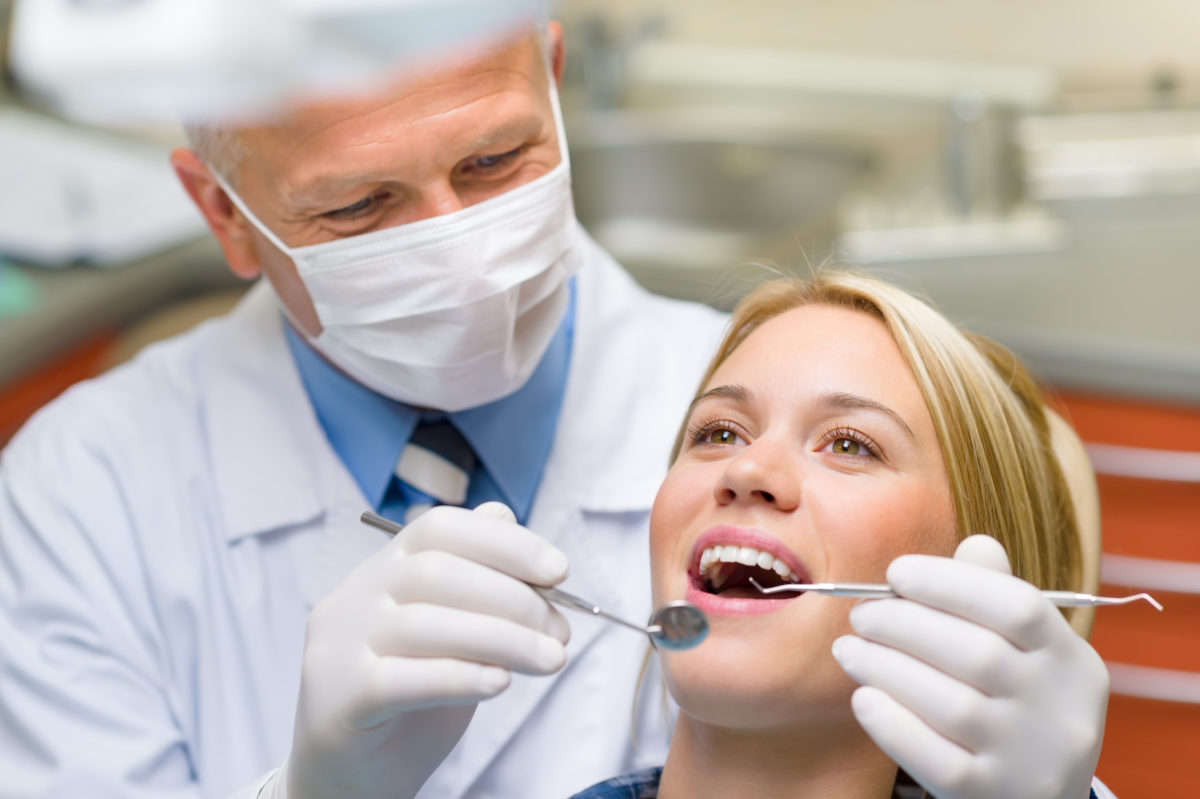What Does Legacy Orthodontics Do?
What Does Legacy Orthodontics Do?
Blog Article
Some Known Details About Legacy Orthodontics
Table of ContentsThe 4-Minute Rule for Legacy OrthodonticsLegacy Orthodontics - QuestionsUnknown Facts About Legacy OrthodonticsThe Main Principles Of Legacy Orthodontics Legacy Orthodontics Fundamentals Explained
In enhancement, we use flexible therapy schedules, versatile repayment options and a fun, delightful experience.An orthodontist is a dental professional trained to diagnose, prevent, and deal with teeth and jaw abnormalities. They remedy existing conditions and are trained to identify issues that might establish in the future. Orthodontists work with people of every ages, from children to adults. People commonly link a perfect smile with health.
Malocclusion, or misaligned teeth, can result in dental concerns, including dental caries, gum tissue disease, and hard or painful chewing. Not every person is born with straight teeth. If you have a poor bite or large spaces between your teeth, you might want to consult a dental professional specializing in orthodontic treatment.
The Basic Principles Of Legacy Orthodontics
( Image Credit Score: DigitalVision/Getty Images) Orthodontists make use of fixed and detachable oral devices, like dental braces, retainers, and bands, to transform the position of teeth in your mouth. Orthodontic treatment is for oral irregularities, consisting of: Jagged teethBite troubles, like an overbite or an underbiteCrowded teeth or teeth that are too much apartJaw misalignmentThe goal of orthodontic therapy is to enhance your bite.
While you could assume of orthodontists as generally for kids or teens who need braces, they can fix dental issues at any kind of age. Orthodontists go to university, dental school, and orthodontic institution.
All orthodontists are dental professionals, yet not all dentists are orthodontists. Orthodontic residency programs supply intensive, concentrated guideline for oral professionals. They concentrate on 2 areas: How to effectively and safely relocate teeth Just how to properly direct advancement in the teeth, jaw, and faceOnce an orthodontist has actually finished training, they have the option to become board accredited.
The Greatest Guide To Legacy Orthodontics
Malocclusion leads to tooth overcrowding, an irregular jaw, or irregular bite patterns. Malocclusion is normally treated with: Your orthodontist connects metal, ceramic, or plastic square bonds to your teeth.
If you have just minor malocclusion, you might be able to make use of clear braces, called aligners, as opposed to conventional braces (https://writeablog.net/legacyortho/your-smile-deserves-the-best-choose-a-leesburg-orthodontist). Some people require a headwear to aid relocate teeth right into line with pressure from outside the mouth. After braces or aligners, you'll need to use a retainer. A retainer is a customized gadget that keeps your teeth in area.
They're frequently used on children. They can create additional room in the mouth without needing to draw teeth. If you have a major underbite or overbite, you may need orthognathic surgery (additionally called orthodontic surgery) to extend or reduce your jaw. Orthodontists make use of cords, surgical screws, or plates to sustain your jaw bone.
You might need to see an orthodontist if you have: Crowding or not sufficient space for all of your teethOverbite, when your upper teeth come over your base teethUnderbite, when your bottom teeth are also far forwardSpacing or issues with gapsCrossbite, which is when your upper teeth fit behind your base teeth when your mouth is closedOpen bite or an upright void between your front bottom and top teethMisplaced midline, when the center of your bottom and upper teeth do not line up Correcting an oral malocclusion can: Make attacking, eating, and talking easierImprove the symmetry of our face and your total appearanceEase discomfort from temporomandibular joint conditionsDifferent your teeth and make them less complicated to cleanse, aiding stop tooth degeneration or cavities It's often a dental expert that initially notices misaligned teeth throughout a routine test.
An Unbiased View of Legacy Orthodontics

Throughout your initial orthodontic consultation, you'll likely have: A dental examPhotos taken of your face and smileDental X-raysPanoramic (360 degree) X-rays of your face and headImpressions to develop mold and mildews of your teethThese examinations will certainly assist your orthodontist recognize just how to wage your therapy. invisalign. An orthodontist is a dental professional who's had training to treat your teeth and jaw
Orthodontists might execute surgical procedure, exams,X-rays,and more to assist you attain a much more comfy, healthier smile. An orthodontist is concentrated on your bite, so something like a broken tooth would be managed by a dental expert. Orthodontists are dental experts yet not all dental experts are orthodontists. Orthodontists are focused on your bite, or the way your teeth fit together, and the straightness of your teeth.
Ever asked yourself exactly how celebrities constantly appear to have flawlessly lined up teeth? The solution often exists in the skilled hands of an orthodontist. But exactly what does an orthodontist do? Orthodontists are dental professionals who concentrate on correcting abnormalities in the teeth and jaws. Their know-how surpasses simply creating a beautiful smile; it expands to improving your general oral health and wellness and function.
Legacy Orthodontics Can Be Fun For Anyone

While dental braces are the most frequently acknowledged orthodontic therapy, orthodontists have a diverse toolkit at their disposal. The certain technique chosen depends on the extent of the situation, the person's age, and individual choices. These reliable braces make use of a system pop over to this site of braces adhered to the teeth and linked by cords.
Clear aligners, like Invisalign, are a popular alternative for patients seeking a more very discreet therapy alternative. These removable trays are custom-made to gradually shift the teeth's position. Headgear might be used along with dental braces or aligners to use extra targeted forces, specifically for remedying jaw disparities. In instances of slim jaws, palatal expanders can be utilized to produce room for proper tooth positioning.
Report this page